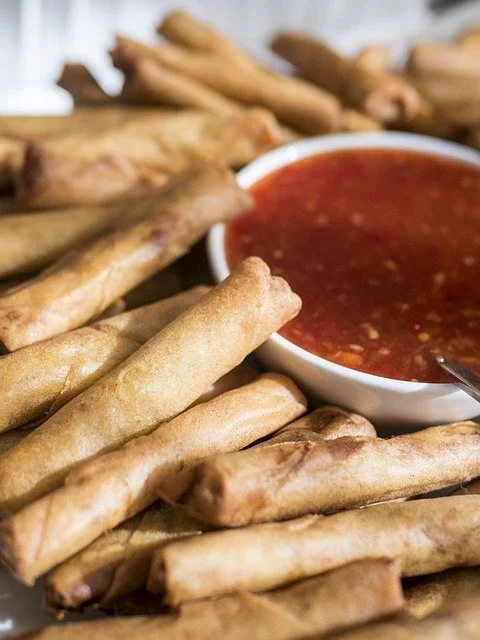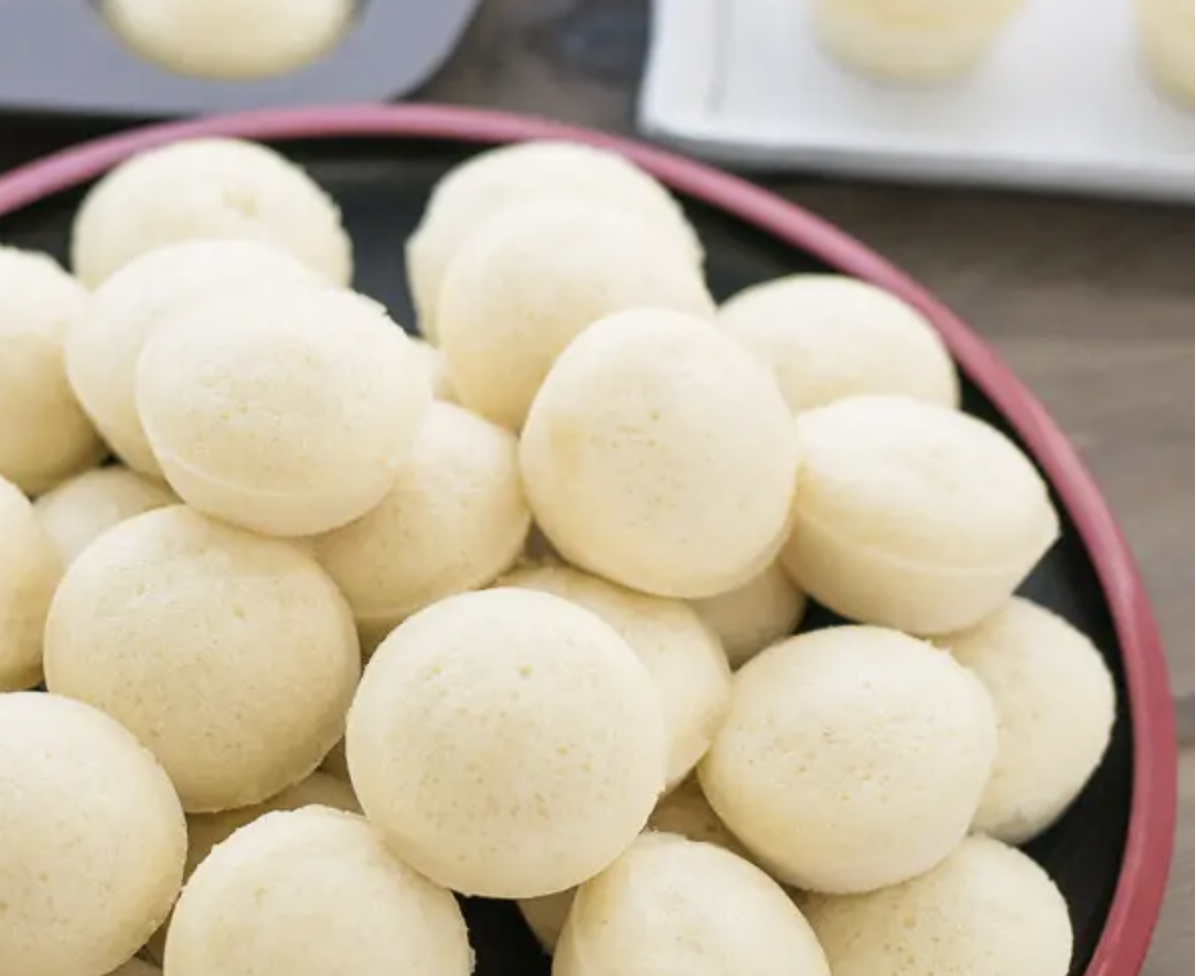5 Filipino Dishes With Chinese ORIGINS and Their History
What exactly is Filipino food? What makes it Filipino?
The Philippines has been influenced by many other cultures, whether by trade or colonization. These influences can be seen through our cuisine. Prior to Spanish colonization, Chinese culture greatly influenced the Philippines through trading. Some of our popular dishes and well-known snacks have Chinese influence both in the name and the cooking. This influence was in particular from the Fujian province in Southeastern China, where the dialect spoken was called Hokkien. Looking deeper into the history, here are 5 dishes with Chinese roots.
1. Lumpia
Starting off the list with a Filipino party staple, lumpia! Or, lumpiang Shanghai. Similar to Chinese spring rolls, both are appetizers that consist of a mix of vegetables and meat, rolled in a thin wrapper. The name lumpia originates from the Hokkien word lunpia, referring to a dish made of sliced vegetables and bean curd with a doughy wrapper. Lun meaning “spring” and pia meaning “cake or pastry.”
2. Siopao
Siopao is pretty much the equivalent to bao, a Chinese steamed bun with a filling. Pao means steamed bread. When siopao was introduced to the Philippines it was commonly eaten for breakfast or during teatime, and usually not as a meal, which still holds true culturally. To this day, siopao is most often eaten during merienda.
3. Taho
Originating from the Hokkien word, tauhu, meaning soy bean curd, the Filipino dessert taho is not far off. Unlike taho which is cooked tofu, tauhu refers to uncooked soy bean curd. The cooked term is tauhue. This tofu and brown sugar syrup dessert is most closely related to the Chinese dish, douhua. It’s commonly served as a dessert and shares the same silky, sweet tofu flavors and textures as taho. In my opinion, one of the main differences between the two is the added ginger in douhua. If you’re a big fan of taho I highly recommend giving it a try!
4. Puto
Continuing the dessert theme, next up we have, puto! This time the name actually doesn’t derive from Hokkien. Apparently the name derives from the Malay word “puttu”, meaning “portioned.” It definitely makes sense given the small bite-size of puto. Despite the origin of its name, puto still has an almost Chinese equivalent, gui hua gao or fa gao. These 2 desserts are both steamed rice cakes. Gui hua gao is an osmanthus steamed rice cake, or sometimes served as a jelly. Fa gao is a sweet steamed rice cake, known as a prosperity/fortune cake that’s commonly served during Lunar New Year.
5. Pancit
Lastly, to end it off with one of the most well-known Filipino dishes, we have pancit. Coming from the Hokkien word pianesit, which translates to “something that is conveniently cooked.” Filipinos know pancit as various stir-fried noodle dishes that are fairly quick and easy to prepare, so the name seems fitting even though it doesn’t directly mean noodle dish. The term pianesit might have been introduced with an accompanying Chinese noodle dish, resulting in the adoption of the name pancit to refer to the dish we know today.
These dishes are just a few that have Chinese influence. Other examples are lugaw and congee, tikoy and nian gao, or some dishes that combine influences from multiple countries. In a tribute about Doreen Fernandez and her article, Culture Ingested: Notes on the Indigenization of Philippine Food, the author brings up an interesting thought. She mentions, “the question is not ‘what is Filipino food?’ but ‘how does food become Filipino?’”
This is to say that our food has so much history. It’s not necessarily Filipino because of where it originated, but because of the flavors and innovations that were used to make it Filipino.
Written By Jessa Gagarin
You may want to read more about




















It all started with a table outside of a Seafood City in 2015.
LEAD Filipino volunteers were on hand with clipboards and flyers for a Filipino voter registration drive. It was an early campaign for the grassroots organization, which grew out of a desire to build Filipino civic voice and representation.
Read More